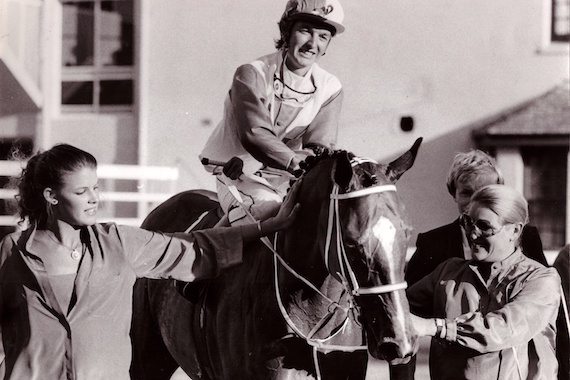Racing’s Core Product Needs A Rethink
Will the horse racing customer base remain the same or will it change in the years to come?
This is the question the racing think tank must ask itself and should form the basis of all expansion plans and strategies to reach a much needed energetic customer base.
Why have we seen so little that is new in racing, even though the sport is losing ground to its contemporaries year after year?
Leon Smuts writes in the Sporting Post Mailbag that he believes racing has an unhealthy addiction to one “type” of customer and that they have no idea how to get out of that unhealthy addiction. Racing relies heavily on a handful of large customers for most of its revenue, and a multitude of smaller customers who bolster pools with very little chance of partaking in the spoils.

This trust is evident worldwide, as evidenced by a rapidly aging customer base in every jurisdiction where the sport is offered. It is a universal problem that requires a quick solution before the inevitable cliff comes into view, after which the fall will be spectacular and very damaging.
I have often written about the need to create new markets for racing and to market the sport to a new generation of players. I’m sure I’m not alone in making this request, and the relevant authorities need to give serious thought to how this can be achieved?
The limitations are well known, with systems and budgets at the top but a lack of vision for how the sport can grow not far behind.
The core product is tired and lacks conviction and appeal, even if a loyal racing customer base still supports some of the traditional products on offer.
As for the horizontal Exotics offered by Tote, in most cases the rankings are clearly Pick 6, then PA, JP 1 and Bipot/JP 2.
This makes sense as the P6 offers the largest pool and is most often associated with the biggest dividends, with the PA seen as the most entertaining and best odds of winning, while the others fall somewhere in between.
Each of these products has its proponents, and the pools are somewhat predictable except when transfers provide a boost or international commingling occurs.

From these stats, it’s clear that the big payout or the so-called “dream bet” is still very popular, but what chance does the average player have of actually catching the pool in its entirety? The answer is very small and mostly a percentage is won or the pool is transferred.
In contrast, the lottery winner or casino JP winner is in most cases a single big winner, although these wins are rare and rely solely on luck, as the combinations will drain even the biggest wallet when trying to increase the odds improve.

Generation Z and Y are probably not big players like our current generation, and they realize that the odds are heavily stacked against them, as common sense tells each of us too.
The allure of a big payday will still excite her, but it’s unlikely to be the primary motivator for engagement on her part.
Living in an age of instant gratification and fast-moving social media, your attention span is challengingly short, and it’s not one of racing’s great strengths either.
Things happen slowly between races and real action is very limited, although the relatively short race duration could be a strength that racing could use to its advantage.
I predict without hesitation that tomorrow’s racing customer base will and must be very different than today’s customer base and that any ignorance will result in racing being forgotten along with cassettes and internal combustion engines.

Every effort must be made to make the player and the gaming experience the lynchpin of any new development, with racing being the medium rather than the primary focus. What does racing offer over other sports that would give it an advantage?
We’re blessed with more quality and quantity year-round than any other sport, and the results are far less predictable, making a wonderful foundation on which to offer competitive entertainment.
Racing traditionalists would hate the idea of racing becoming a sideshow for a larger company, but this would lay the groundwork for racing to be loved again by a much larger audience that has tremendous potential for growth.

Would it be so bad if racing was a sideline for the majority of its client base, even if that meant spin-offs were substantial and the sport would grow back at a much faster pace, encompassing both players and racing? horse owner.
This is what a successful racing future would look like and is very achievable if the right products are introduced that would make participation more fun, affordable and with better quality dividends on offer.
The focus of the offering must be the player and the gaming experience, and the opportunity for these generations to be competitive armchair players, pitting their skills against one another with bragging rights and widespread recognition is the need of the hour.
